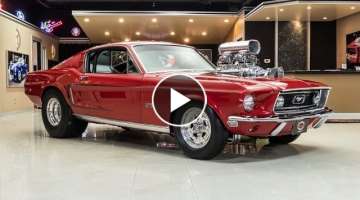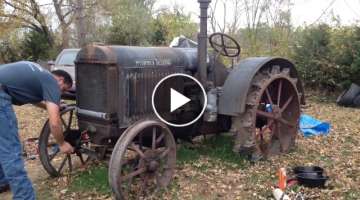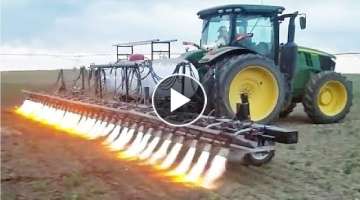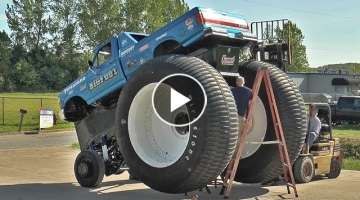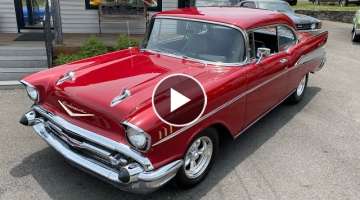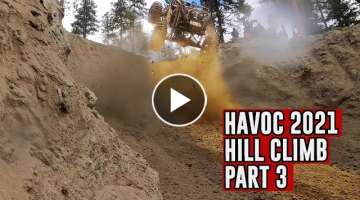110HP Case Steam Tractor Pull Pinckneyville Illinois August 15 2014
UPDATE!! Some information about the engine from the owner Josh Maschhoff: "We run at 150 psi. The Engine weighs around 42500lbs loaded with coal and water. Torque is 3000 ft lbs at 240 rpm The sled was definitely weighted and i know from experience first hand that the engine can drag the sled with the weight box all the way up and the bars dropped." 110 HP Case specifications here: https://www.farmcollector.com/steam-traction/catalog-advertises-case-110-hp-traction-engine Don't worry about the fire hazard. What you see is a very exaggerated amount of burning embers coming from the smokestack. The sparks are created as a night spectacle for entertainment. Before this pull, sawdust was added to the firebox to enhance the night "spark show." Having said that back in the day there was always a risk of fire. There was less of a risk during plowing season. The highest risk was during harvest when the steam engines returned to the fields to thresh (separate) the grain from their stalks, in typically dry fields. Weeks before the steam engines arrived the grain was cut and bundled by binders. These mechanized machines looked the front of modern "combines" but binders only cut and a bound the grain. The crops were cut close to the ground by the binder leaving the grain (heads) connected to the shaft. These bundles were approximately 8" in diameter and were about 3' tall. After the crops were cut, these bundles were stacked in small piles called "shocks." These shocks contained maybe 7 to 12 bundles and scattered all over the field. The shocks were left in the field until the grain was dry enough to separate. The threshermen traveled from farm to farm to thresh each farmers grain. Most individual farmers could not afford a steam traction engine so the threshermen provided this service to the farmer. On threshing day wagons were brought to the field and would load the shocks of grain and haul it to the threshing machine where it was placed quite a distance (and upwind) from the steam engine that provided the power for the machine to do its work. The steam engine provided power to the threshing machine via an extremely long belt to keep any embers away from the dry chaff and straw that was separated from the grain. The shock piles of crop were gathered as they were needed and not all gathered up and piled in one place at one time. That way, if there was a fire it would be small and contained to a small portion of the harvest and not all of it. The steam engines were also outfitted spark arresters while threshing. Not to mention these steam engines required water so water was generally available should a fire break out. Also the steam engines would burn the straw which was waste from process of threshing the grain. One day, I hope to make a video of these separate processes that is now preformed by a single combine. As for now, if you watch the movie "Of Mice and Men" with Gary Sinise and John Malkovich you can see threshing in action. I have posted another video of it that includes three synchronized videos that were shot from three different angles that night. (One angle is shot from a drone flying high in the air that can be spotted above the engine towards the end of this video. If you liked this video surely you would like that video even more. http://youtu.be/_8dH853fs_0 God Bless and thank you for watching.
VIDEO
Facebook Comments


